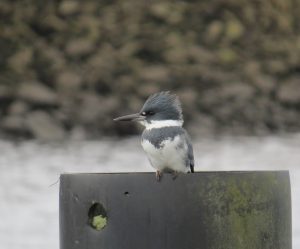
Bird of the Month: Belted Kingfisher
(by Pam Hunt) If you’re paddling on one of New Hampshire’s rivers or lakes this summer, there’s a good chance you’ll hear the distinctive rattle of the Belted Kingfisher (Megaceryle

(by Pam Hunt) If you’re paddling on one of New Hampshire’s rivers or lakes this summer, there’s a good chance you’ll hear the distinctive rattle of the Belted Kingfisher (Megaceryle
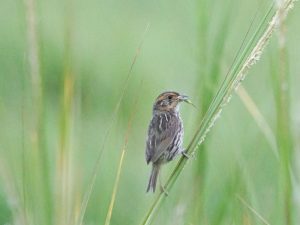
(Article by Pam Hunt. Photos by Grace McCulloch.) June 11 is “World Saltmarsh Day,” and this presents an excellent opportunity to highlight a species restricted to this habitat, perhaps more
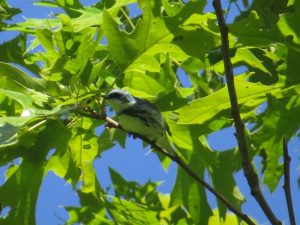
(by Pam Hunt) May is famous for the peak of spring migration in New Hampshire, particularly of warblers, and the third Friday in the month is also “Endangered Species Day.”
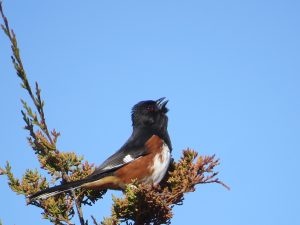
(Photos and story by Pam Hunt) The boldly marked Eastern Towhee (called the Rufous-sided Towhee before being split into eastern and western species) is New Hampshire’s largest member of the
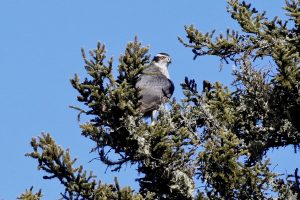
(by Pam Hunt) The goshawk is the least common of North America’s three accipiters, or “bird hawks.” In contrast to their smaller relatives, the Cooper’s and Sharp-shinned hawks, goshawks also

(Photos and story by Pam Hunt) As winter finally comes to an end in March and our rivers and lakes begin to open up, waterfowl are some of the first

(Photo and story by Pam Hunt) The Carolina Wren (Thryothorus ludovicianus) is one of the more recent southern invaders to expand into New Hampshire. It was extremely rare in the
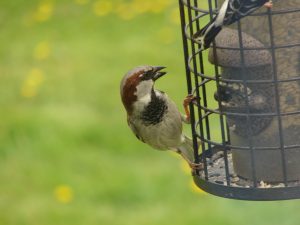
(Photo and story by Pam Hunt) House Sparrows (Passer domesticus) don’t get a lot of love on this side of the Atlantic. They aren’t native to North America and can
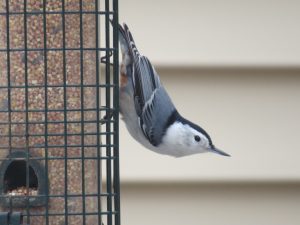
(Photo and story by Pam Hunt) Nuthatches are famous for their habit of climbing down trees headfirst, a feat aided by their unusually long hind claws. But they just as
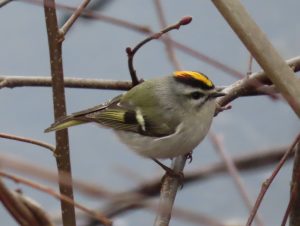
(Photos and story by Pam Hunt) Kinglets are the smallest songbirds that nest in New Hampshire, and at a quarter ounce (roughly the weight of a quarter) are only twice
Notifications